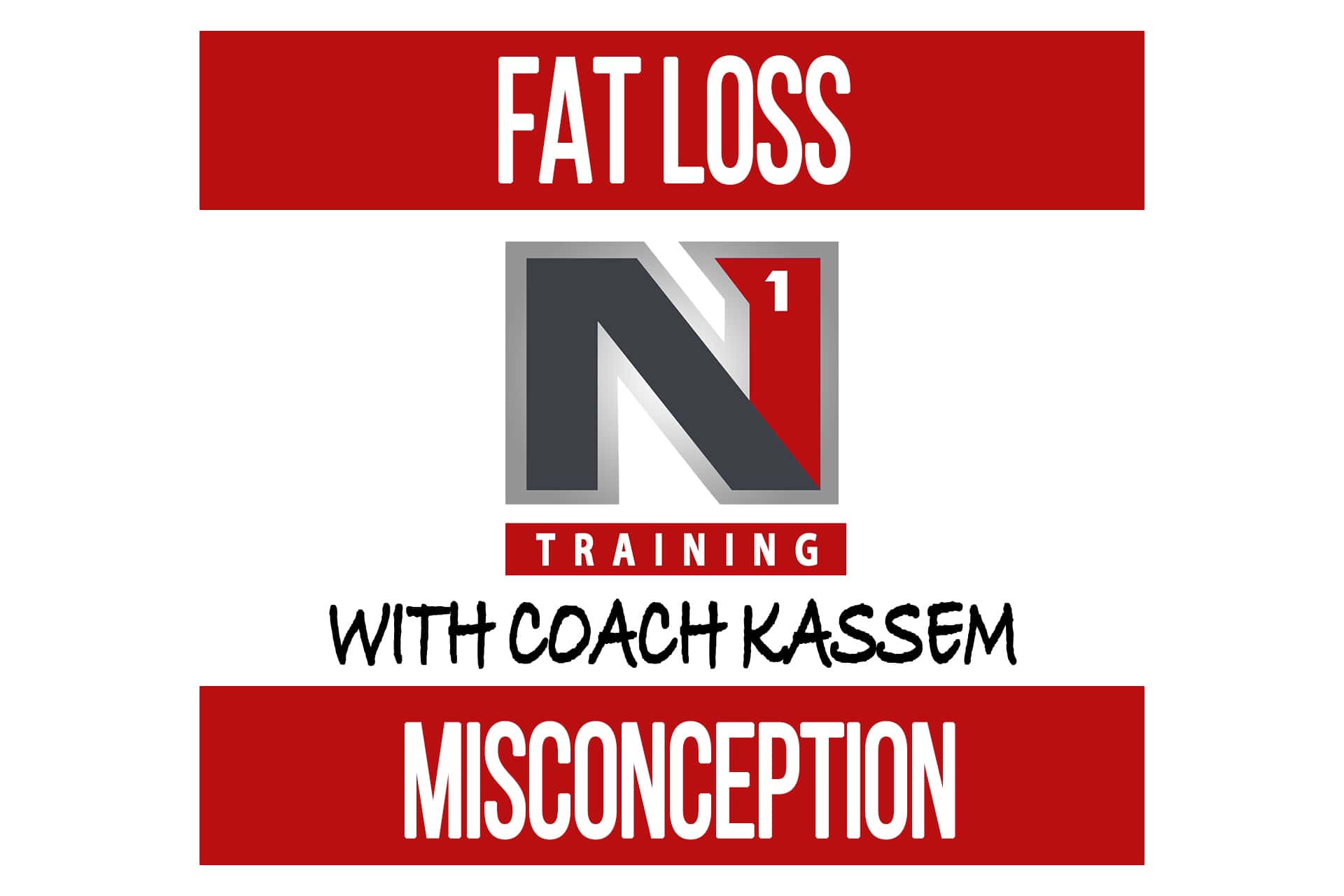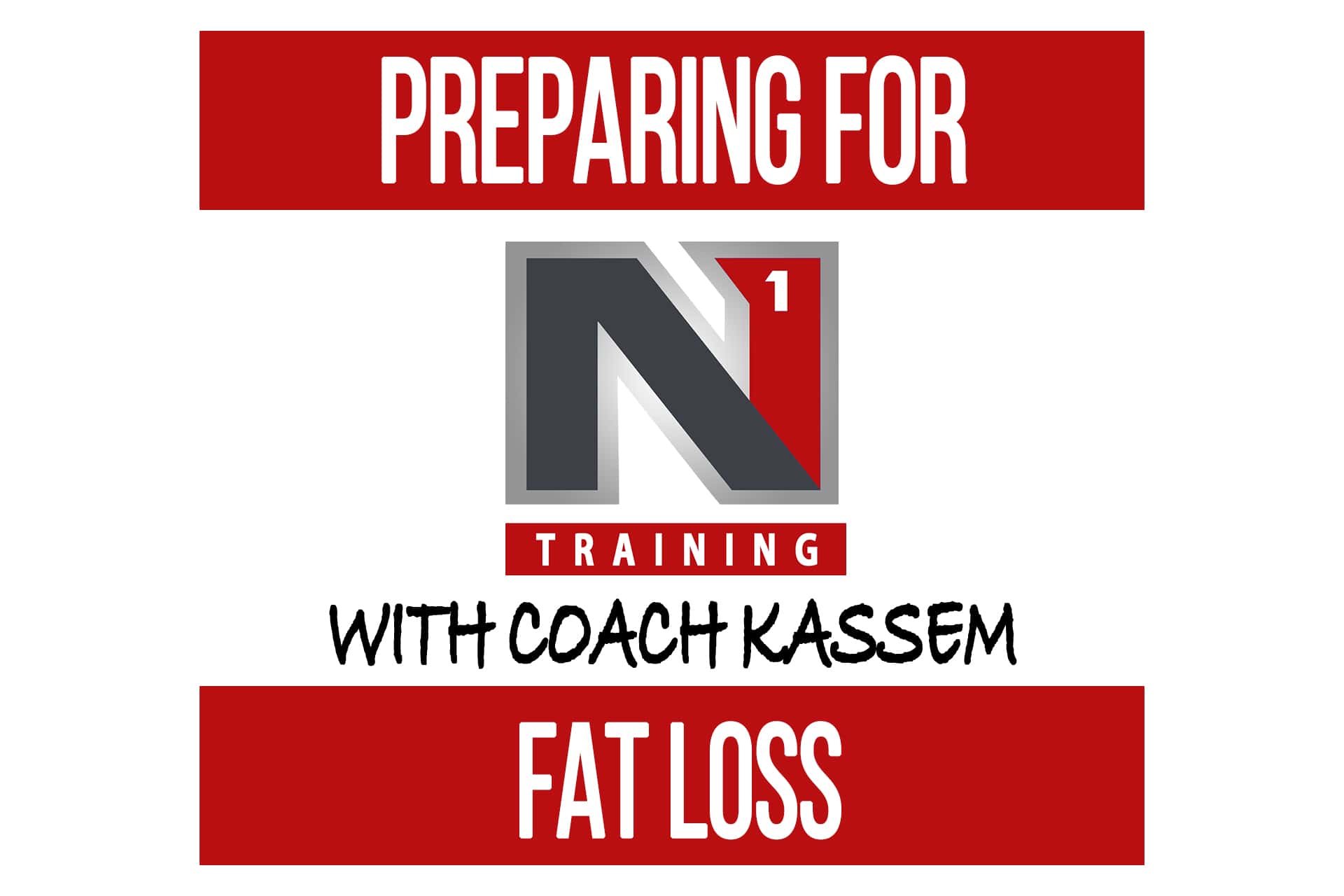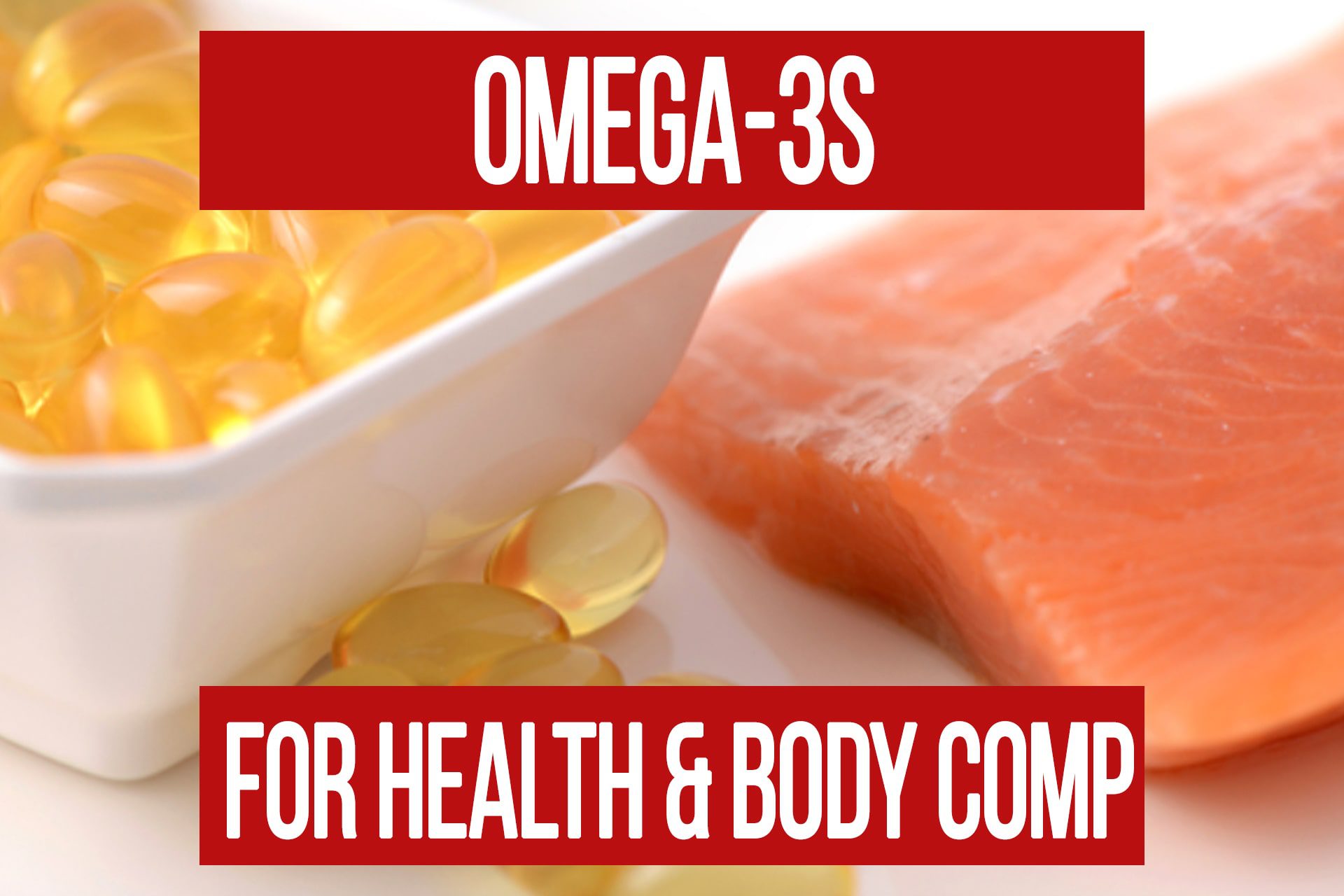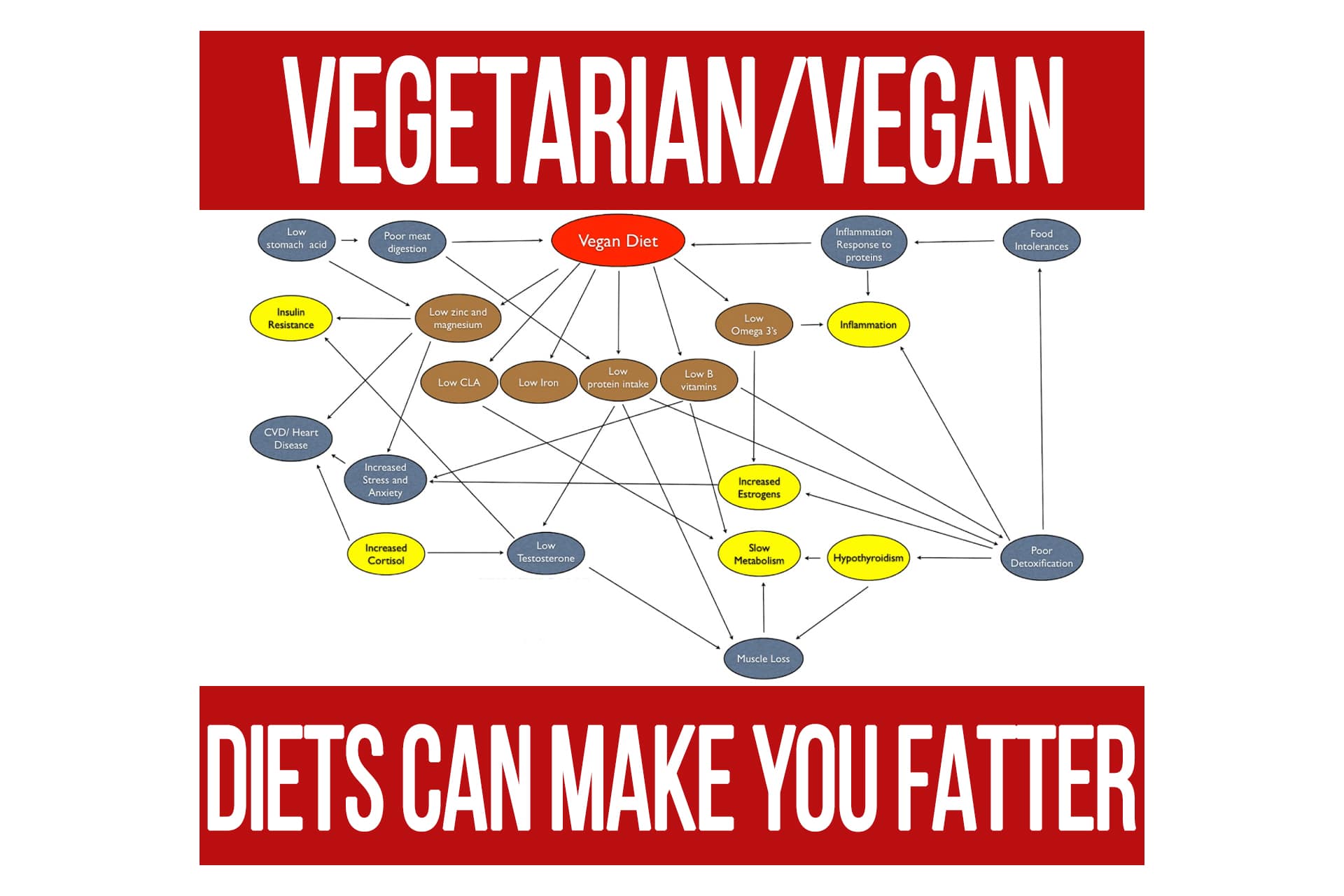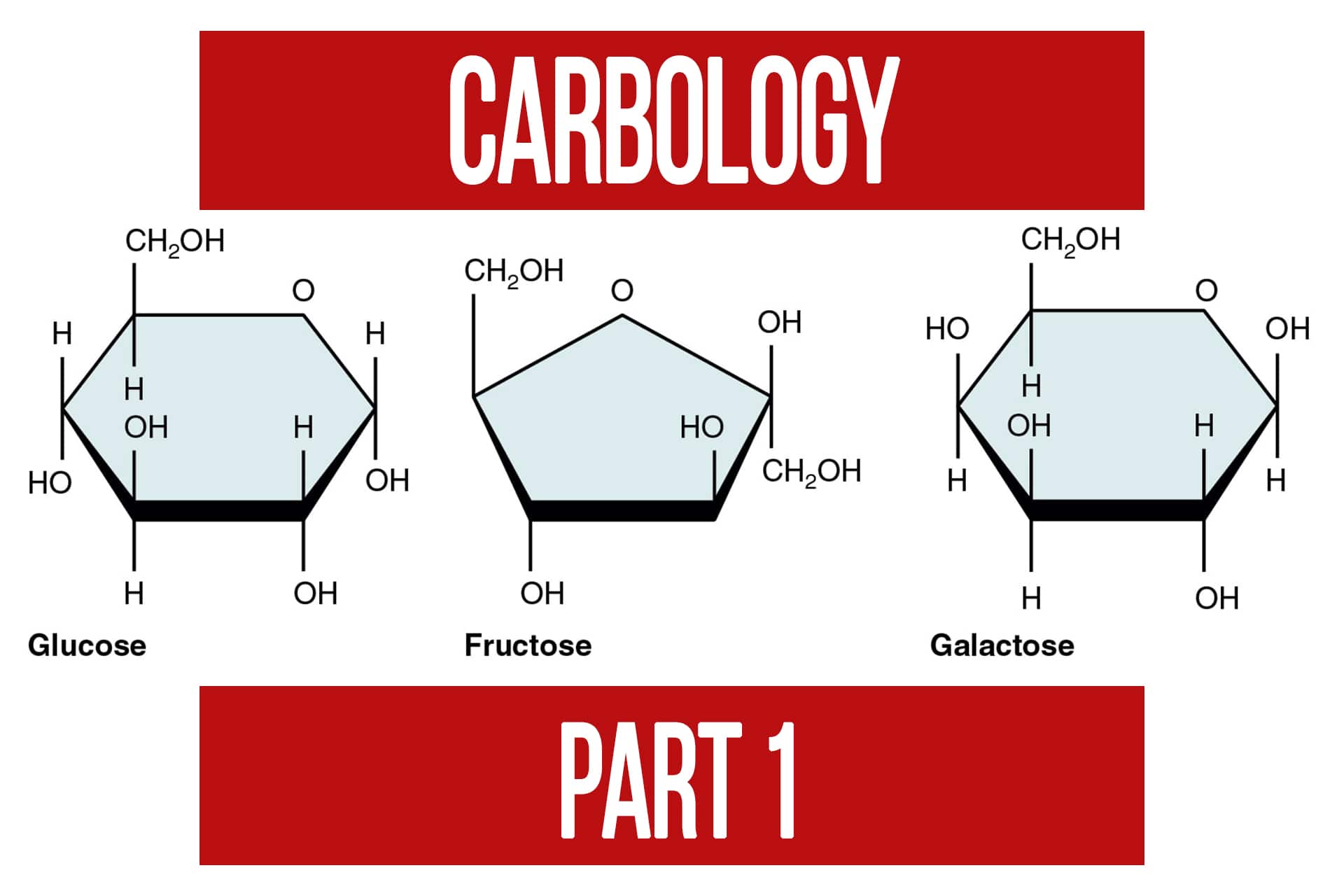Low Fat Diet Failure Part 1
n1 training
One of the biggest failures in the health industry was the introduction of the low fat diet. Several long articles and books have been written dissecting the research and implicating that the obesity epidemic we now have today was caused by the low fat movement. It all started when research began towards the end of World War II investigating the causes behind increases in heart attacks. The research was very badly done, and not double checked. Long story short, it was saturated fat and cholesterol that got the bad wrap. So the USDA and AMA came out and said therefore we need to start taking fat out of our diet.
Unfortunately, this research failed to associate the fact that sugar consumption paralleled fat consumption when there was an increase in cholesterol and heart disease. In other words the research that showed increased fat intake increased cardiovascular disease risk, also showed that increased sugar intake was involved. In fact, it is the fructose in sugar and carbohydrates that increases triglycerides and bad cholesterol. Had they done a double blind study where one group had low sugar and high fat and the other high sugar and low fat, the world would be a very different place today. Instead, the governing organizations jumped on the low fat idea and tried to pass it off as science.
The results showed that as fat was removed from the diet, obesity increased proportionately. The reason for this is that people didn’t just eat less when they ate lower fat diets. They actually ate more. Specifically, they ate more carbohydrates. Fats are an essential part of the diet.
Healthy Fats:
- Are building blocks for hormones
- Help stabilize and improve mood
- Help regulate blood sugar and hunger
- Provide sustenance, energy, and fullness
- Improve cognition and brain health
- Add taste to food
- Detox the body
So we took out a nutrient that made food taste good and had all these positive effects on our health and cut it out of our diet. Consequently what happened to the foods that used to have fat? Well without the fat, they tasted like crap. So what did food manufacturers do? They added more sugar. Unlike fat, sugar has no positive health effects.
Sugar
- Is used for cellular energy and fat storage only
- Actually inhibits the feeling of fullness and makes you eat more
- Ages the brain and decreases cognitive function
- Increases risk of CVD
- Creates a food addiction scenario
The new foods that companies started manufacturing created cravings and food addictions on a biochemical level. This led to people eating more and more of the very thing that should have been removed in the first place. The average calorie consumption and carbohydrate consumption have drastically increased since the start of the low fat movement and metabolic disease has increased right with it.
Breaking Down the Fats
Now we are going to explore the different fats you should and shouldn’t have in your diet.
Let’s start with the basics. Other than being unsightly when we store too much fat, what does our body really use fat for? Surprisingly, few people know that each cell of their body is surrounded in a membrane of fat. Basically, we are all just compilations of fatty balloons we call cells. Our brain (kind of an important organ) is almost entirely made of fat! In addition to being building blocks that hold us all together, our body uses fats for many other things. The majority of our hormones are made from fats. Cholesterol is a fat that is considered evil in the media and by allopathic medicine, when in fact, cholesterol is the base molecule for hormones like testosterone and estrogen. The truth about cholesterol is that it’s not really a health risk, but that other health conditions increase cholesterol. Cholesterol has many healthy responsibilities. When it is elevated, it’s a symptom, not a cause of disease, but that’s a can of worms to be opened another day.
The bottom line is fats:
- Give our body structure
- Are responsible for proper brain function
- Allow our body to communicate biochemically through hormones
- Protect our cells from the environment
- Help maintain a healthy digestive tract
- Improve skin and hair health
- Can reduce inflammation
- Can help balance insulin and cortisol when used properly in diet
Saturated fats were demonized in the 1980’s. Then thought as the cause for the increase in heart disease, the FDA started cracking down on saturated fats in foods and tried to eliminate them from our diet. Obviously reducing saturated fat content in our food has not improved our health in the last 30 years. The food and drug industries have desperately tried to mask the epic failure with fancy commercials hosting benefits of low fat diet cereals and yogurts, when in reality, the research behind these claims is run by the very companies selling the products. Here is one study that shows how saturated fats actually have no effect on cardiovascular risk. As you can see, the reality is in fact quite the opposite of what we are told through media marketing. Saturated fats are actually great for making your body more anabolic (building muscle). Seeing the pattern here? Fats are an essential part of our health.
A fast growing supplement for weight loss, CLA is known to help decrease central obesity, reduce insulin resistance, and work as an anti-cortisol compound. CLA just happens to be a saturated fat found in grass fed meat, dairy, and eggs. One of the biggest concerns for people eating low fat products and grain fed meats is an increased risk for colon cancer. Guess what nutrient is shown to help prevent colon cancer??? CLA! By removing these fats from our food, we have actually made them more carcinogenic! As with most cases, mother nature is best left alone.
Omega-3s are one of the fats that have actually gotten a lot of good press. In this case, it’s still not enough. Omega-3 fats are composed of 2 types. EPA and DHA. EPA is what is responsible for the anti-inflammatory properties of omega-3’s while DHA supports the brain and nerve tissues. The most popular dietary form of omega-3s has become fish oil capsules. Grass fed meat, mentioned earlier, is also a good source of omega-3’s. One thing you must be careful of is the many labels that include ALA alpha linoleic acid as omega-3’s. The truth is that only about 4% of the ALA actually gets converted to omega-3. This means sources like flaxseed oil and powder actually offer very little dietary omega-3’s. Flaxseed oil is also commonly rancid.
Rancidity is one of the things you must be aware of when incorporating fats in your diet. Even healthy fats can become rancid over time, or when heated. Rancid fats become much more inflammatory, lose their health properties and have a negative impact on our health. Processed foods and cooking oils are often filled with rancid fats. Getting your fats from fresh sources is always advisable, or in a stable form like a high quality fish oil capsule, and quality cooking oils.
Omega-6’s are the most abundant fat in the SAD (Standard American Diet). While these fats are also essential to the diet, the quantity is high and quality is low in our current diet. Omega-6 fats are pro-inflammatory in nature, which is why the ideal diet should have at least an equal amount of omega-3’s or even up to 4 times as much omega-3’s as omega-6’s. A typical North American diet may contain 11 to 30 times more omega-6 fatty acids than omega-3 fatty acids, contributing to the rising rate of inflammatory disorders in the United States. Most of the omega-6′s, found in processed and preserved foods are damaged and/or rancid, so what health benefits omega-6′s do provide are lost and you are left with just pro-inflammatory calories.
Omega-9’s are not an essential fat because the body can make its own. This does not mean that having this mono-saturated fat in your diet is without benefit though. Omega-9’s have been shown to decrease cardiovascular risk, increase HDL and decrease LDL cholesterol. An example of a good source of omega-9’s would be a small handful of almonds.
So let’s head to the nutrition facts. A healthy fat profile would have a greater amount of saturated and monounsaturated fats compared to unsaturated fats.
Good healthy sources of saturated fats are
- Organic Butter
- Coconut Oil
- Cashews
- Grass fed meat
Good healthy sources of Omega 3’s are
- Certified free of heavy metal and solvent Fish Oil capsules
- Grass fed meat
- * The reason I don’t suggest fish is because pollution has made eating most fish undesirable. That being said, the small fish tend to be more rich in omega 3’s.
Good healthy sources of monounsaturated fats
- Almonds
- Olive oil
- Avocado
The most unhealthy fats you can eat are trans-fats. These fats are so bad for your health. They are actually being banned in many states. The safe amount in your diet is ZERO! Unfortunately, there is a loophole, in which certain amounts of partially hydrogenated oils can be allowed. So you also have to look out for this on the label.
One of the biggest failures in the health industry was the introduction of the low fat diet. Several long articles and books have been written dissecting the research and implicating that the obesity epidemic we now have today was caused by the low fat movement. It all started when research began towards the end of World War II investigating the causes behind increases in heart attacks. The research was very badly done, and not double checked. Long story short, it was saturated fat and cholesterol that got the bad wrap. So the USDA and AMA came out and said therefore we need to start taking fat out of our diet.
Unfortunately, this research failed to associate the fact that sugar consumption paralleled fat consumption when there was an increase in cholesterol and heart disease. In other words the research that showed increased fat intake increased cardiovascular disease risk, also showed that increased sugar intake was involved. In fact, it is the fructose in sugar and carbohydrates that increases triglycerides and bad cholesterol. Had they done a double blind study where one group had low sugar and high fat and the other high sugar and low fat, the world would be a very different place today. Instead, the governing organizations jumped on the low fat idea and tried to pass it off as science.
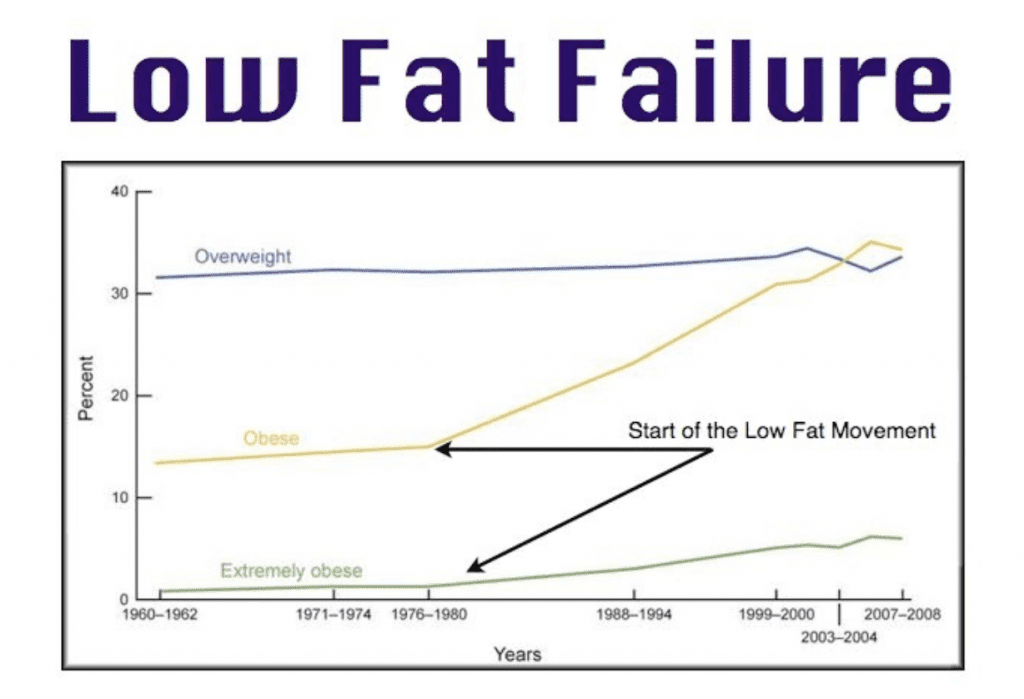
Fats VS Sugars
Healthy Fats:
- Are building blocks for hormones
- Help stabilize and improve mood
- Help regulate blood sugar and hunger
- Provide sustenance, energy, and fullness
- Improve cognition and brain health
- Add taste to food
- Detox the body
So we took out a nutrient that made food taste good and had all these positive effects on our health and cut it out of our diet. Consequently what happened to the foods that used to have fat? Well without the fat, they tasted like crap. So what did food manufacturers do? They added more sugar. Unlike fat, sugar has no positive health effects.
Sugar
- Is used for cellular energy and fat storage only
- Actually inhibits the feeling of fullness and makes you eat more
- Ages the brain and decreases cognitive function
- Increases risk of CVD
- Creates a food addiction scenario
The new foods that companies started manufacturing created cravings and food addictions on a biochemical level. This led to people eating more and more of the very thing that should have been removed in the first place. The average calorie consumption and carbohydrate consumption have drastically increased since the start of the low fat movement and metabolic disease has increased right with it.
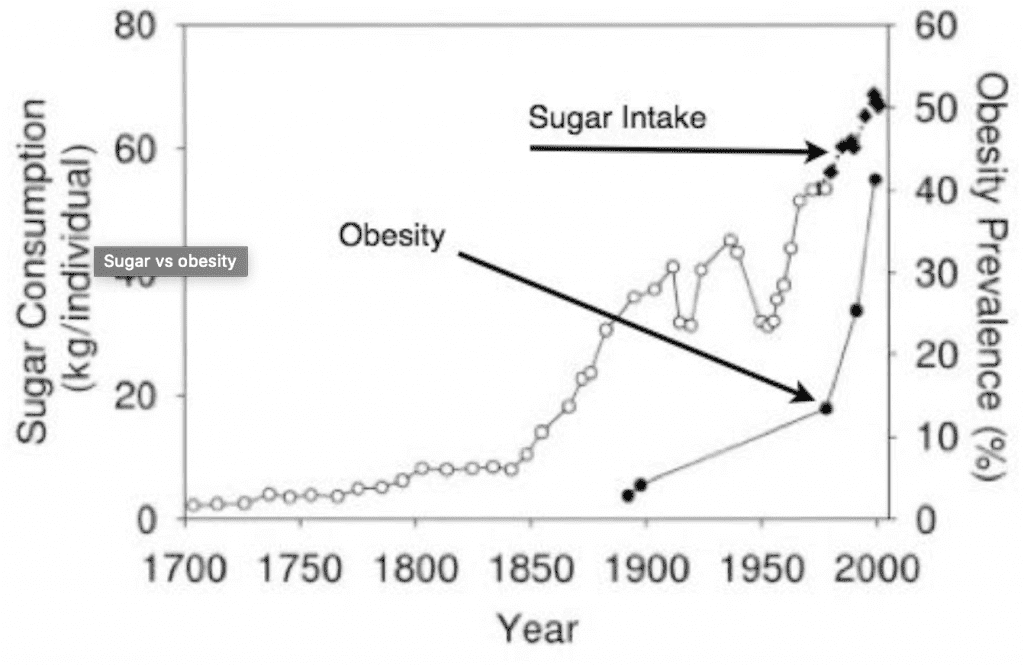
Breaking Down the Fats
Now we are going to explore the different fats you should and shouldn’t have in your diet.
Let’s start with the basics. Other than being unsightly when we store too much fat, what does our body really use fat for? Surprisingly, few people know that each cell of their body is surrounded in a membrane of fat. Basically, we are all just compilations of fatty balloons we call cells. Our brain (kind of an important organ) is almost entirely made of fat! In addition to being building blocks that hold us all together, our body uses fats for many other things. The majority of our hormones are made from fats. Cholesterol is a fat that is considered evil in the media and by allopathic medicine, when in fact, cholesterol is the base molecule for hormones like testosterone and estrogen. The truth about cholesterol is that it’s not really a health risk, but that other health conditions increase cholesterol. Cholesterol has many healthy responsibilities. When it is elevated, it’s a symptom, not a cause of disease, but that’s a can of worms to be opened another day.
The bottom line is fats:
- Give our body structure
- Are responsible for proper brain function
- Allow our body to communicate biochemically through hormones
- Protect our cells from the environment
- Help maintain a healthy digestive tract
- Improve skin and hair health
- Can reduce inflammation
- Can help balance insulin and cortisol when used properly in diet

Here is one study that shows how saturated fats actually have no effect on cardiovascular risk. As you can see, the reality is in fact quite the opposite of what we are told through media marketing. Saturated fats are actually great for making your body more anabolic (building muscle). Seeing the pattern here? Fats are an essential part of our health.
CLA
A fast growing supplement for weight loss, CLA is known to help decrease central obesity, reduce insulin resistance, and work as an anti-cortisol compound. CLA just happens to be a saturated fat found in grass fed meat, dairy, and eggs. One of the biggest concerns for people eating low fat products and grain fed meats is an increased risk for colon cancer. Guess what nutrient is shown to help prevent colon cancer??? CLA! By removing these fats from our food, we have actually made them more carcinogenic! As with most cases, mother nature is best left alone.
Omegas 3,6,9
Omega-3s are one of the fats that have actually gotten a lot of good press. In this case, it’s still not enough. Omega-3 fats are composed of 2 types. EPA and DHA. EPA is what is responsible for the anti-inflammatory properties of omega-3’s while DHA supports the brain and nerve tissues. The most popular dietary form of omega-3s has become fish oil capsules. Grass fed meat, mentioned earlier, is also a good source of omega-3’s. One thing you must be careful of is the many labels that include ALA alpha linoleic acid as omega-3’s. The truth is that only about 4% of the ALA actually gets converted to omega-3. This means sources like flaxseed oil and powder actually offer very little dietary omega-3’s. Flaxseed oil is also commonly rancid.
Rancidity is one of the things you must be aware of when incorporating fats in your diet. Even healthy fats can become rancid over time, or when heated. Rancid fats become much more inflammatory, lose their health properties and have a negative impact on our health. Processed foods and cooking oils are often filled with rancid fats. Getting your fats from fresh sources is always advisable, or in a stable form like a high quality fish oil capsule, and quality cooking oils.
Omega-6’s are the most abundant fat in the SAD (Standard American Diet). While these fats are also essential to the diet, the quantity is high and quality is low in our current diet. Omega-6 fats are pro-inflammatory in nature, which is why the ideal diet should have at least an equal amount of omega-3’s or even up to 4 times as much omega-3’s as omega-6’s. A typical North American diet may contain 11 to 30 times more omega-6 fatty acids than omega-3 fatty acids, contributing to the rising rate of inflammatory disorders in the United States. Most of the omega-6′s, found in processed and preserved foods are damaged and/or rancid, so what health benefits omega-6′s do provide are lost and you are left with just pro-inflammatory calories.
Omega-9’s are not an essential fat because the body can make its own. This does not mean that having this mono-saturated fat in your diet is without benefit though. Omega-9’s have been shown to decrease cardiovascular risk, increase HDL and decrease LDL cholesterol. An example of a good source of omega-9’s would be a small handful of almonds.
Healthy Sources
So let’s head to the nutrition facts. A healthy fat profile would have a greater amount of saturated and monounsaturated fats compared to unsaturated fats.
Good healthy sources of saturated fats are
- Organic Butter
- Coconut Oil
- Cashews
- Grass fed meat
Good healthy sources of Omega 3’s are
- Certified free of heavy metal and solvent Fish Oil capsules
- Grass fed meat
- * The reason I don’t suggest fish is because pollution has made eating most fish undesirable. That being said, the small fish tend to be more rich in omega 3’s.
Good healthy sources of monounsaturated fats
- Almonds
- Olive oil
- Avocado
The most unhealthy fats you can eat are trans-fats. These fats are so bad for your health. They are actually being banned in many states. The safe amount in your diet is ZERO! Unfortunately, there is a loophole, in which certain amounts of partially hydrogenated oils can be allowed. So you also have to look out for this on the label.
Omega-3s For Health & Body Composition
articleBody Composition FREE Health and Longevity Nutrition SupplementationCarbology Part 1 Introduction to Carbohydrates
articleBody Composition FREE Health and Longevity Nutrition
Popular Pages
Learn & Train With Us
Add N1 Training to your Homescreen!

Please log in to access the menu.

